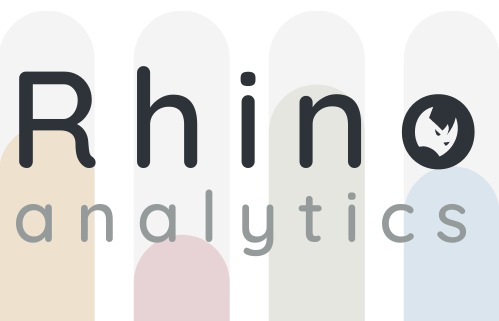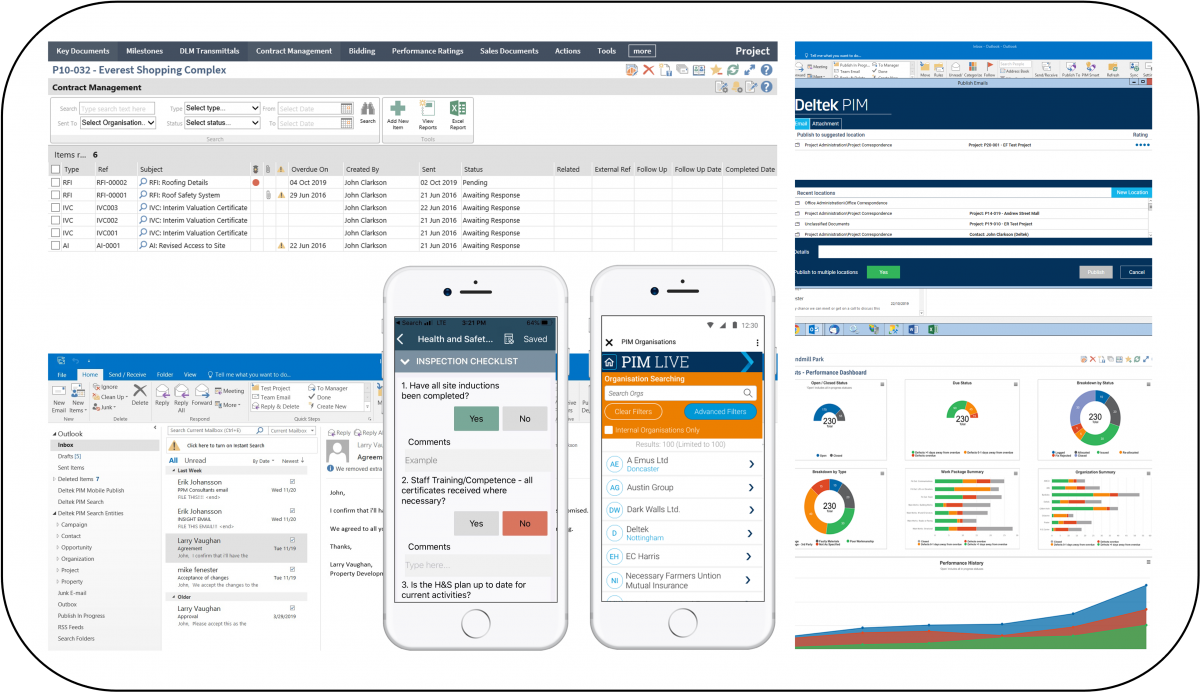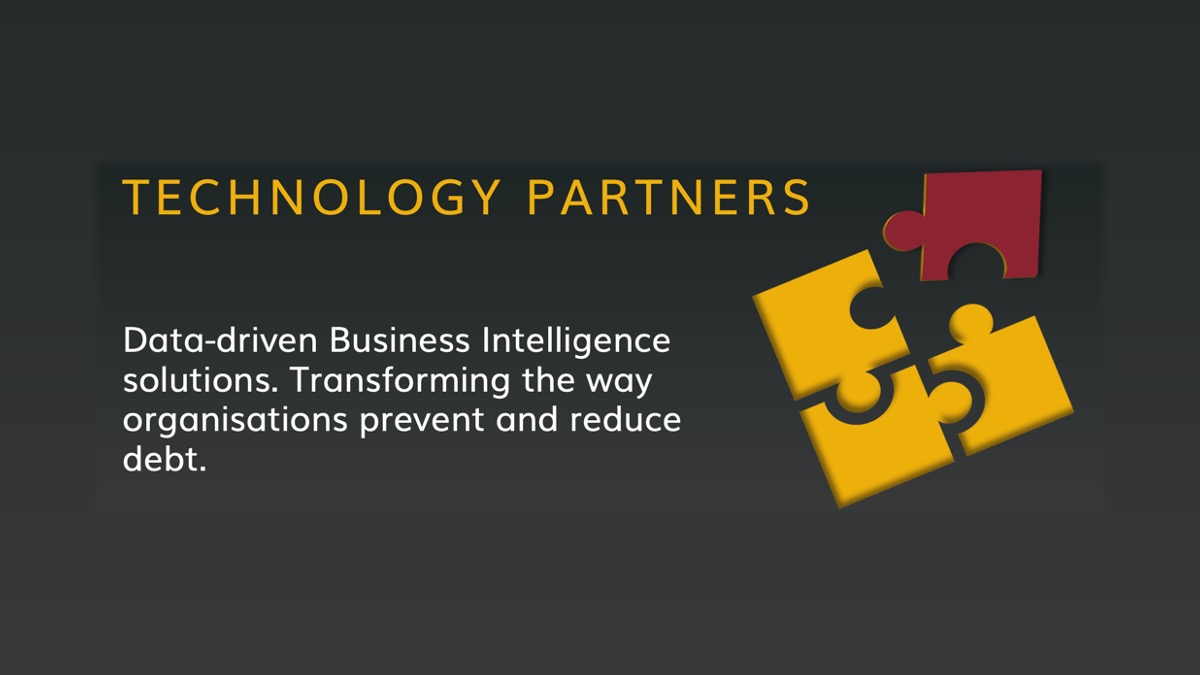Data, data everywhere. But what are we supposed to do with it all?
ERP, project management and business platforms have got increasingly sophisticated over the last few years, and this means businesses have access to an exorbitant amount of data.
This in theory is a great thing as data is of course the catalyst for measuring, improving and making better business decisions.
Dumb data
However, data – left in its raw or primary form – is of little use to a boardroom looking for direction. It needs to be processed securely, applied relevantly and interpreted with accuracy if it is to become at all insightful.
This is where business intelligence analytics – or BI analytics software – comes in to play.
Through the process of retrieving, analysing, transforming and reporting; BI analytics helps turn raw data into useful information. This in turn can then be reviewed and harnessed to make the type of business decisions that will see a business thrive.
Big BI benefits
Connected to an enterprise resource planning system (ERP), project information management platform (PIM) or business solution, BI analytics will help improve:
- Clarity:
Sorting through a wealth of data to get to the gold is one-way BI analytics software will contribute to decision making that is based on fact and not assumption.
- Insight:
From prospective reporting to prescriptive advice, BI analytics will process the data in a way that is meaningful and relevant to your business.
- ROI:
Whether it’s through greater operational efficiency or earning greater return on your marketing investments, the insight offered up by BI analytics will contribute to increased revenue and margins.
- Customer service:
Customer profiling leads to greater consumer understanding. BI analytics will help you set – and deliver – on client expectation and meet market need time and time again.
- Productivity:
Automated reporting means less time pulling together documents for staff. BI facilitates ‘one-click’ reports and quick view dashboards that can easily be shared with clients and colleagues.
Cloud challenges
BI analytics is of course nothing new and companies have been integrating platforms into their ‘on-premises’ business systems for years.
However, as more and more tech applications move into the cloud, compatibility has become a big issue and integrating software-as-a-service – or SAAS – applications which operate in real-time brings with it a level of complexity beyond on-premises integrations.
Yet, thankfully things are starting to change.
Now, thanks to developments in the software integration sector, it’s now possible to connect a cloud-based project management system like Deltek’s PIM with Yellowfin cloud based BI analytics.
The result is BI-As-A-Service, or BAAS.
Connected Data
One such company that has transformed its operations to include a cloud-based BI platform is data enabled debt prevention company Connected Data.
Connected Data wanted a technology partner to develop a BI platform and provide ongoing support with the objective of improving the customer experience, simplifying the deployment of predictive data and removing ‘data noise’.
The company joined forces with RhinoIT to develop a unique portfolio platform with dedicated BI development, consultancy and ongoing support service that will help to profile customers on credit history, lifestyle and past and present financial situation.
Now, with the power to make more informed customer decisions using a complete holistic business intelligence solution, the company is helping customers make substantial savings due to debt prevention yields.
The new frontier
BI analytics might have been around for a while, however the new frontier in BI analytics integration is connecting applications for cloud-based solutions.
If you are a company that relies on cloud-based ERP or PIM to run your business and want to understand the potential of BAAS, then please get in touch with RhinoIT on +44 (0)1908 881003 or hello@rhinoit.co.uk.







